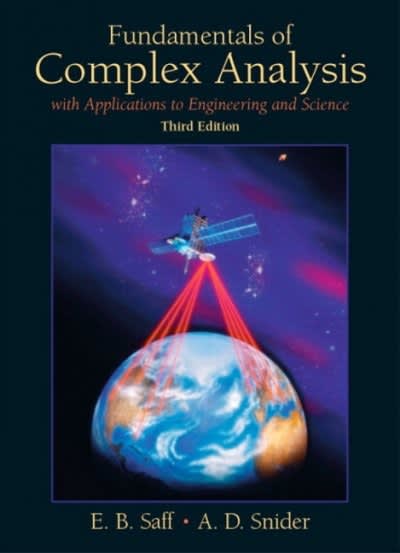Find the area of the shaded region. The graph to the right depicts IE: scores of adults, and those scores are normally distributed with a mean of 1M] and a standard deviation of 15. Click to View page 1 of the table. Click to View p_age 2 of the table. T5 111} The area of the shaded region is D. {Round to four decimal places as needed} Assume that the readings on the thermometers are normally distributed with a mean of i1\" and standard deviation of 100C. Athermometer is randomly selected and tested. Draw a sketch and nd the temperature reading corresponding to Psn- the 90th percentile. This is the temperature reading separating the bottom 90% from the top 10%. Click to view page 1 of the table. Click to view p_age 2 of the table. 1u'lrl'hich graph represents Pan? Choose the correct graph below. Us as go an t a t {*1 t a t {*1 *Et' *Et' *Et' *Et' The temperature for P9\" is approximately D\". [Round to two decimal places as needed.) Assume that then'nometer readings are normally distributed with a mean of 0C and a standard deviation of 100C. A then11ometeris randomly selected and tested. For the case below, draw a sketch, and nd the probability of the reading. {The given values are in Celsius degrees} Between 0.50 and 1.?5 Click to View age 1 of the table. Click to view page 2 of the table. Draw a sketch. Choose the correct graph below. Os. GB. DC. 9' Q {*1 El '3" El e: or er L L L z=0.50 z=1.?5 z=0.50 z=1.?5 2:0. 50 z=1.?5 The probability of getting a reading between 050C and 1.T5C is D. [Round to tour decimal places as needed} Assume a population of 1, 3, and 8. Assume that samples of size n = 2 are randomly selected with replacement from the population. Listed below are the nine different samples. Complete parts a through d below. 1,1 1,3 1,8 3, 1 3,3 3,8 8,1 8,3 8.8 a. Find the value of the population standard deviation o. (Round to three decimal places as needed.) b. Find the standard deviation of each of the nine samples, then summarize the sampling distribution of the standard deviations in the format of a table representing the probability distribution of the distinct standard deviation values. Use ascending order of the sample standard deviations. Probability (Type integers or fractions.) c. Find the mean of the sampling distribution of the sample standard deviations. The mean of the sampling distribution of the sample standard deviations is]. (Round to three decimal places as needed.) d. Do the sample standard deviations target the value of the population standard deviation? In general, do sample standard deviations make good estimators of population standard deviations? Why or why not? O A. The sample standard deviations do target the population standard deviation, therefore, sample standard deviations are biased estimators. O B. The sample standard deviations do not target the population standard deviation, therefore, sample standard deviations are biased estimators. O C. The sample standard deviations do not target the population standard deviation, therefore, sample standard deviations are unbiased estimators. O D. The sample standard deviations do target the population standard deviation, therefore, sample standard deviations are unbiased estimators










